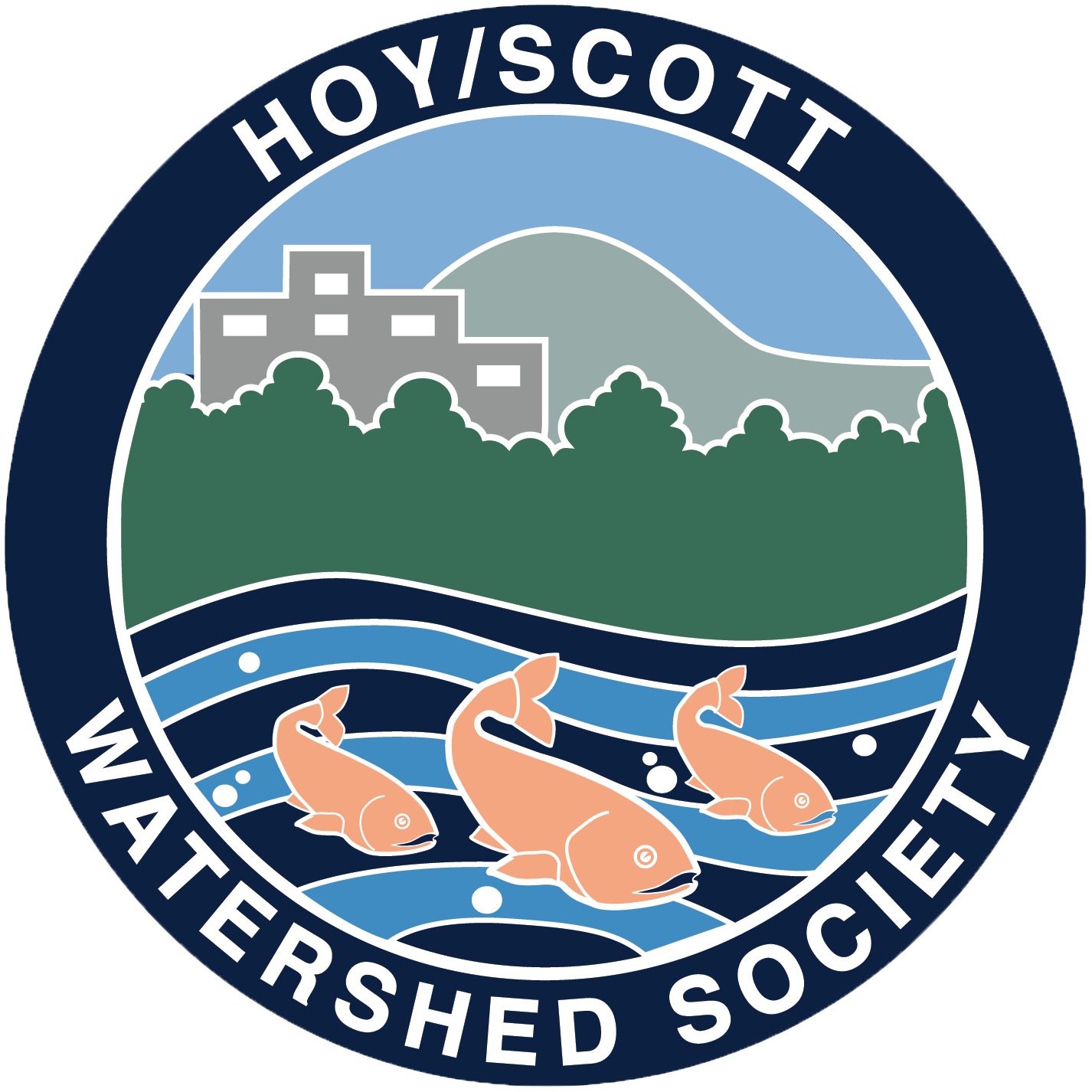The land immediately adjacent to a stream is the riparian area. A healthy riparian area is vital to a healthy stream. Riparian plants help shade the stream keeping, stream temperatures lower during the summer in a range that's better for salmonids. Riparian plants also promote growth of insects, which fall on the water and become food for fish. Root mass for plants help stabilize banks and minimize bank erosion, which can lead to added sediment in the stream, which is not good for stream invertebrates, and can even suffocate eggs embedded in the gravel during spawning season. The riparian area helps filter water before it gets released to the stream. The Hoy-Scott Watershed Society is actively engaged in riparian restoration and maintenance.
The watershed's forest is typically mature second-growth including the 180 acre Ridge Park. Common coniferous trees include western red cedar, western hemlock, Douglas fir and Sitka spruce mixed with deciduous vine maple, big leaf maple, red alder, Indian plum, salmon berry, and red elderberry.
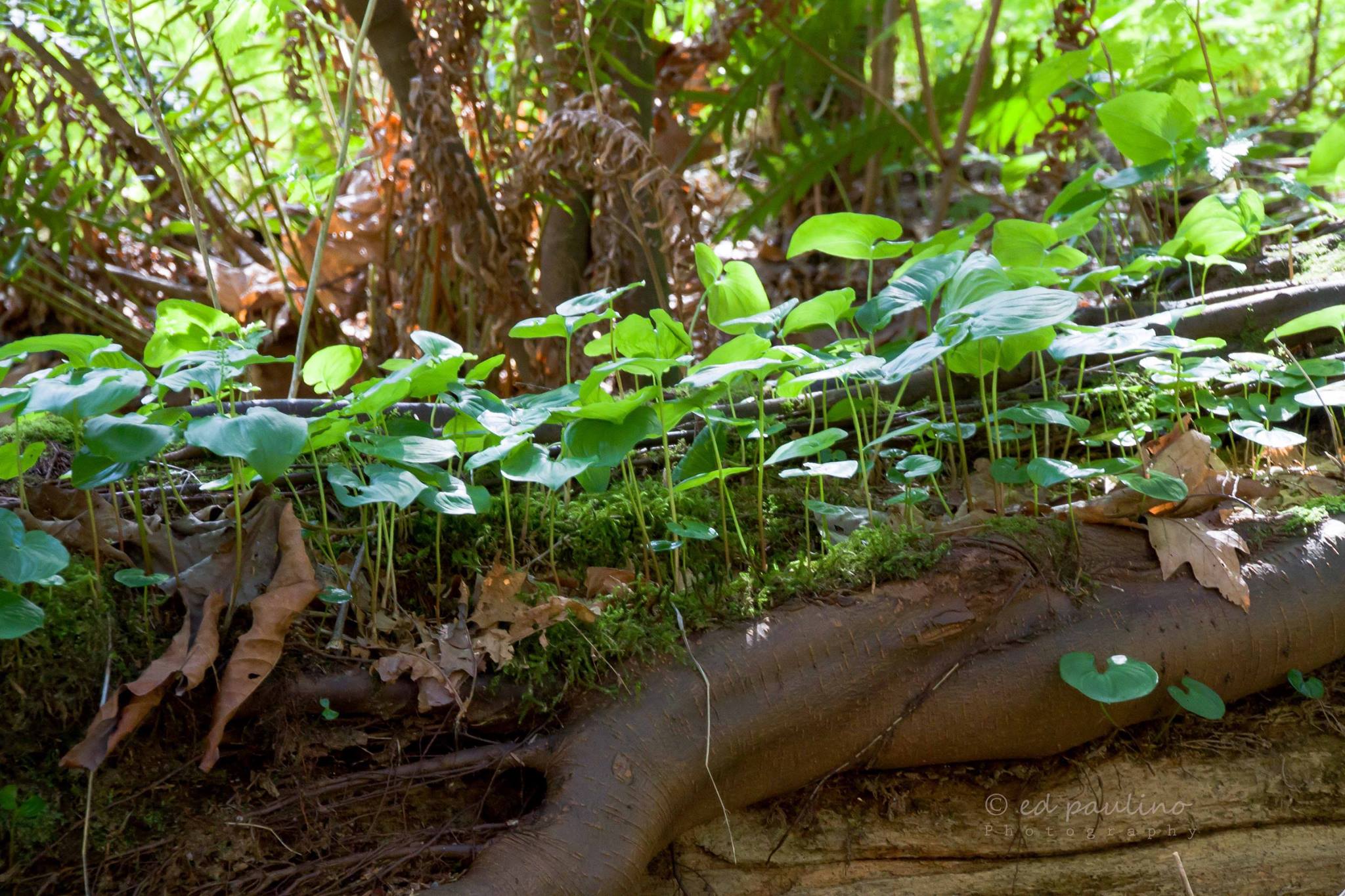
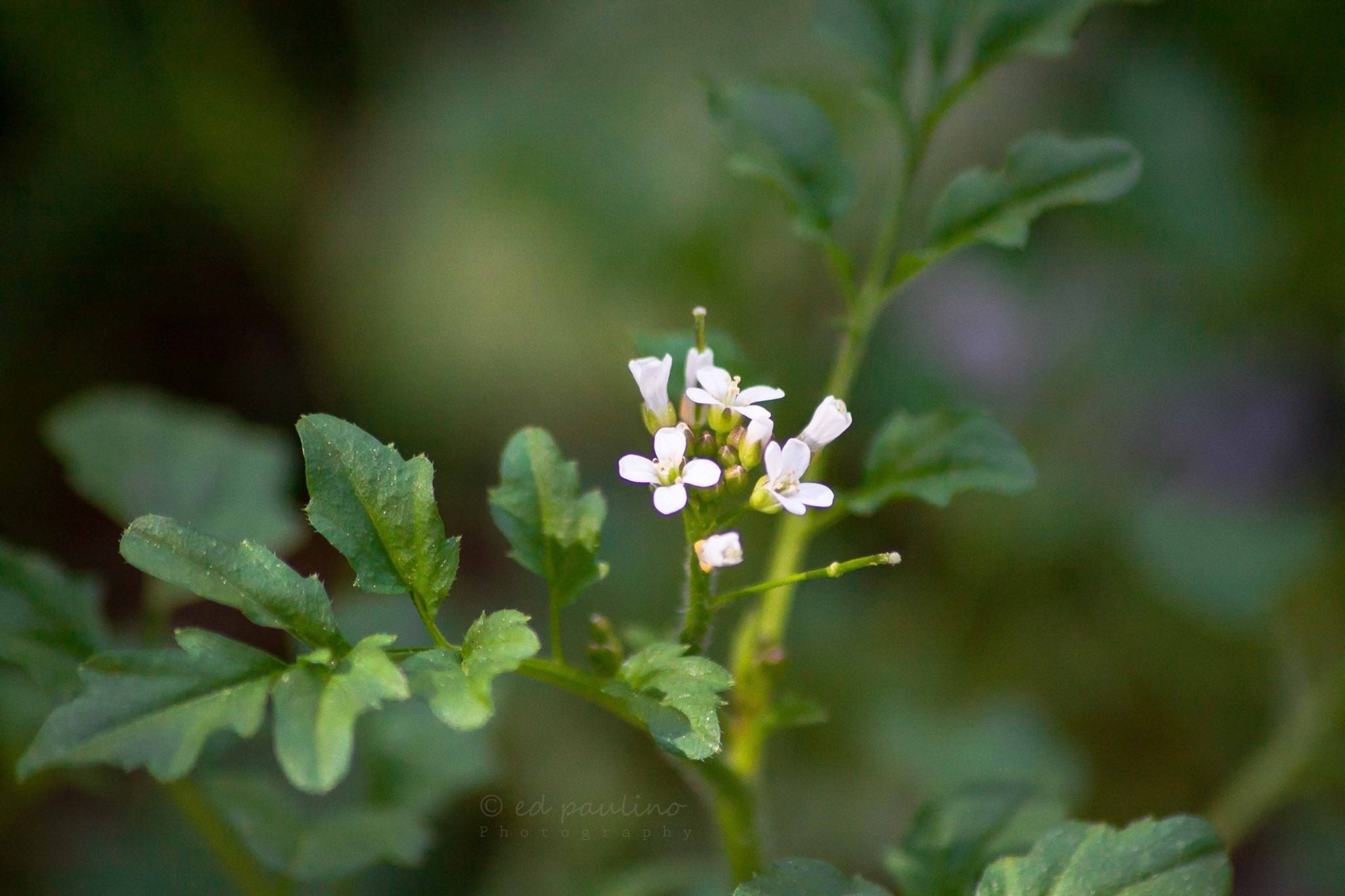
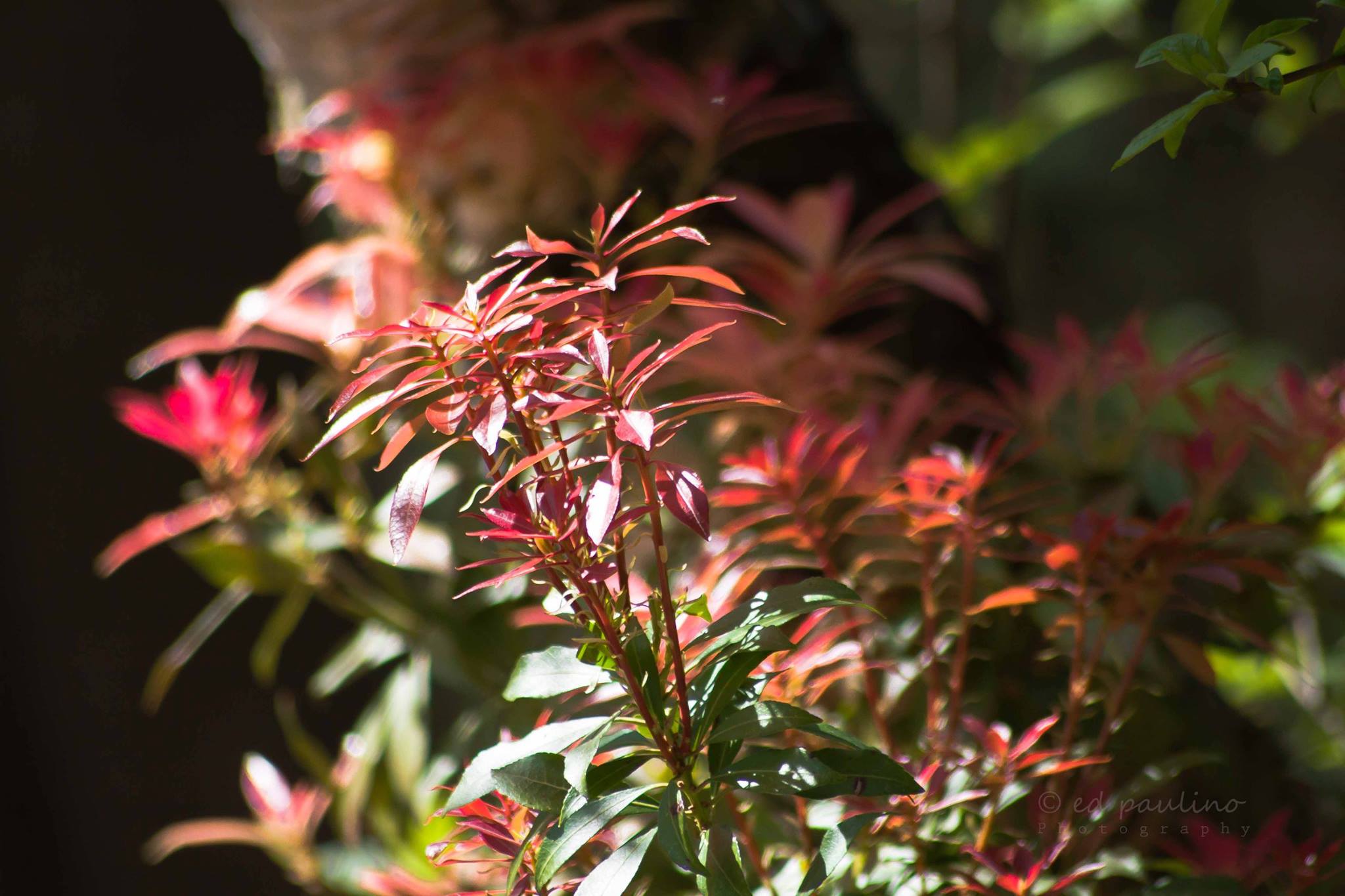
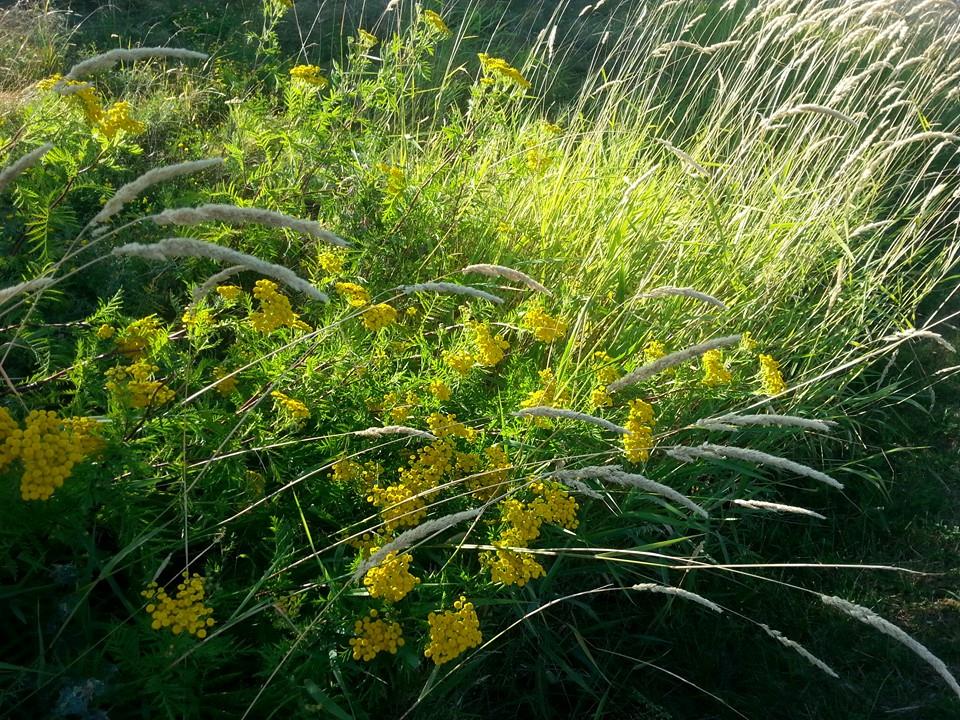
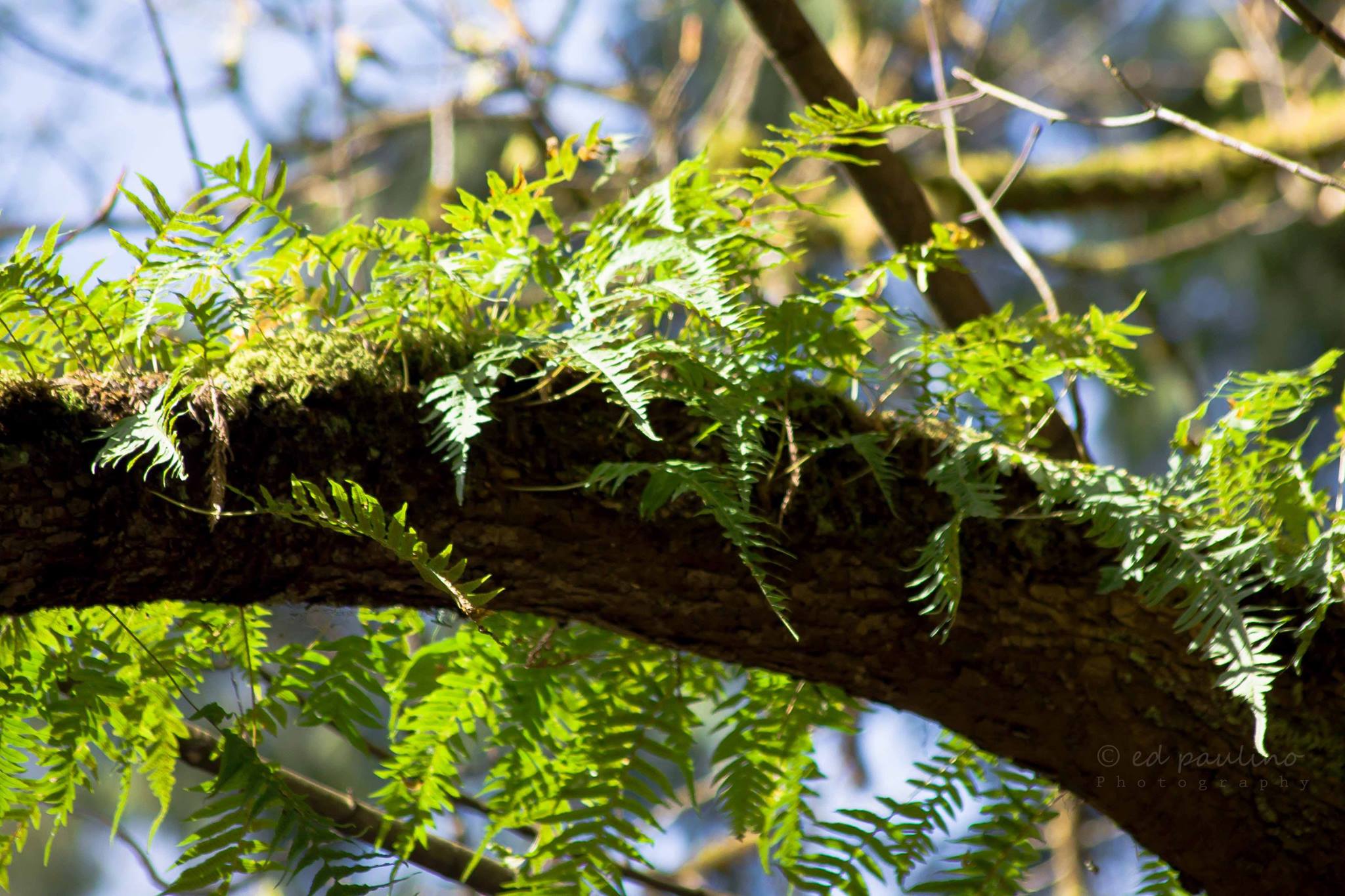
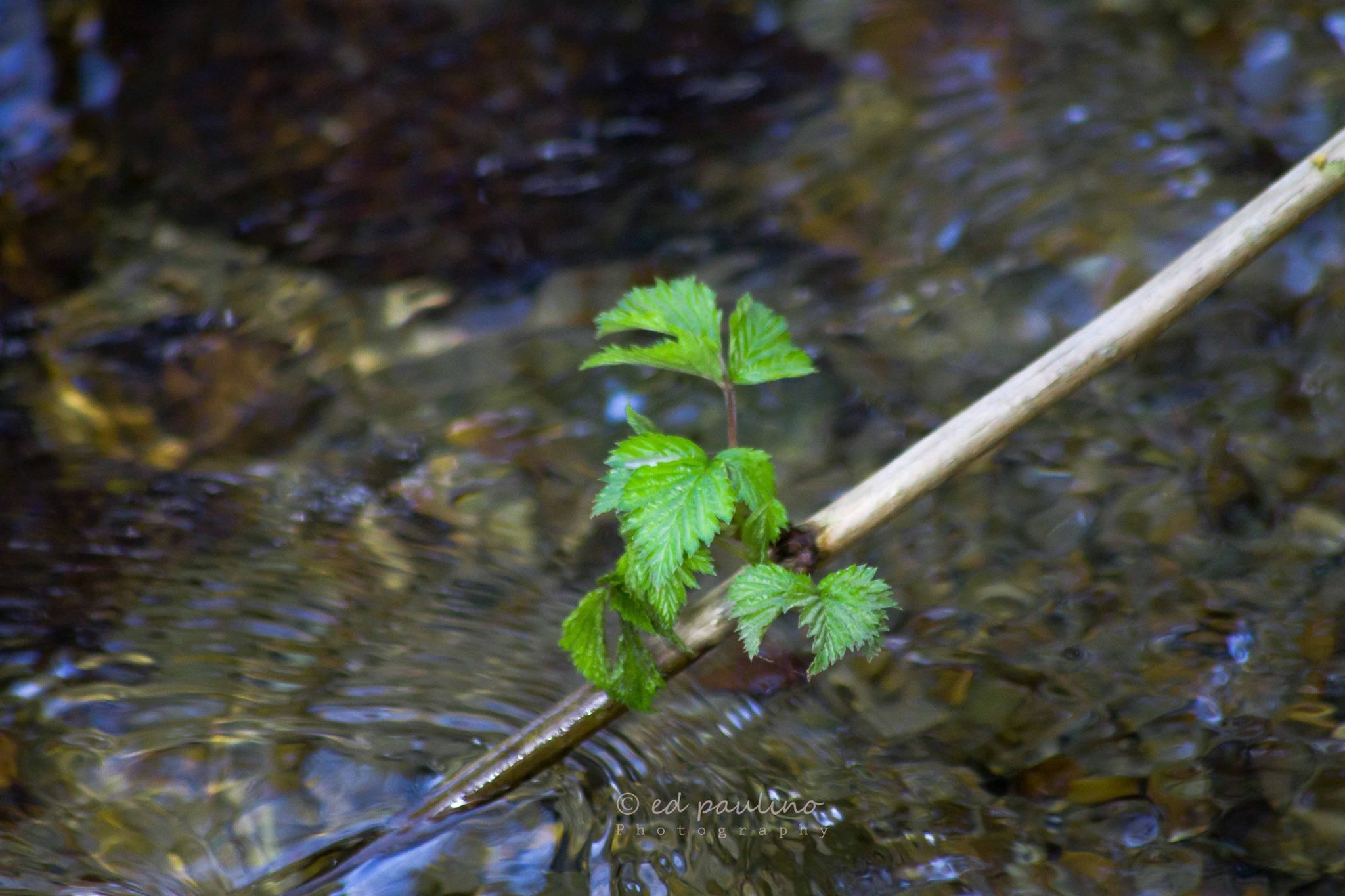
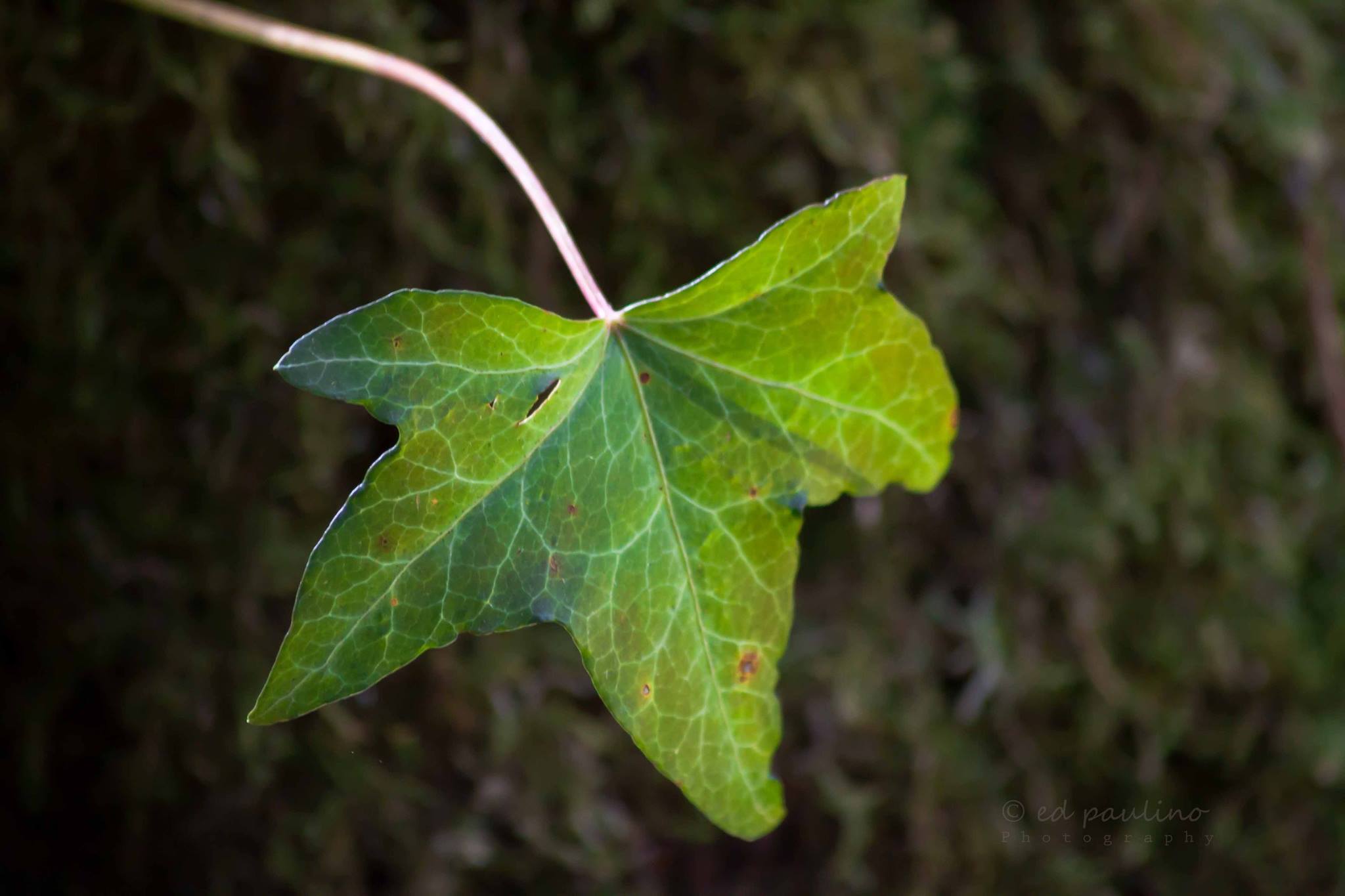
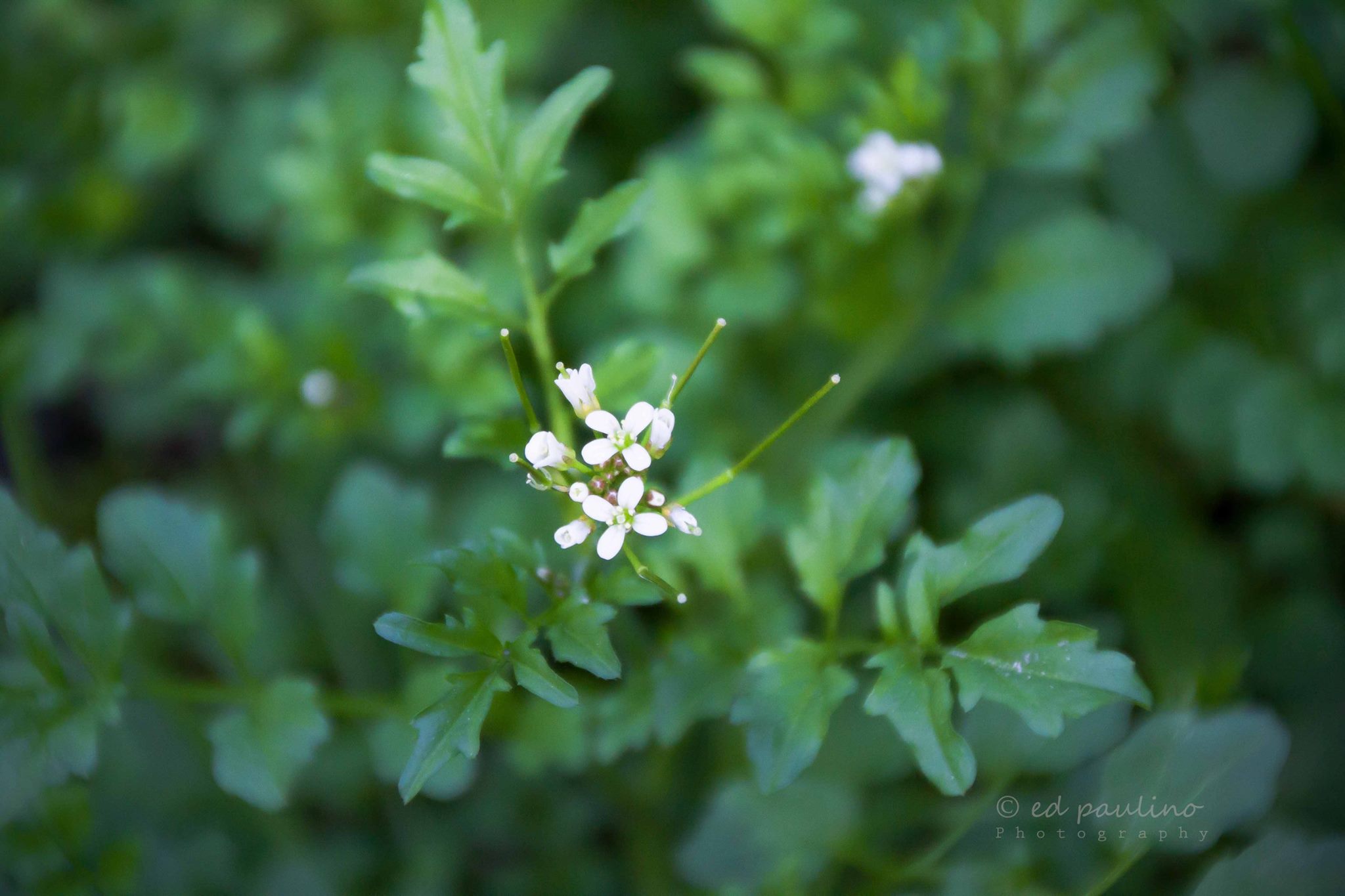
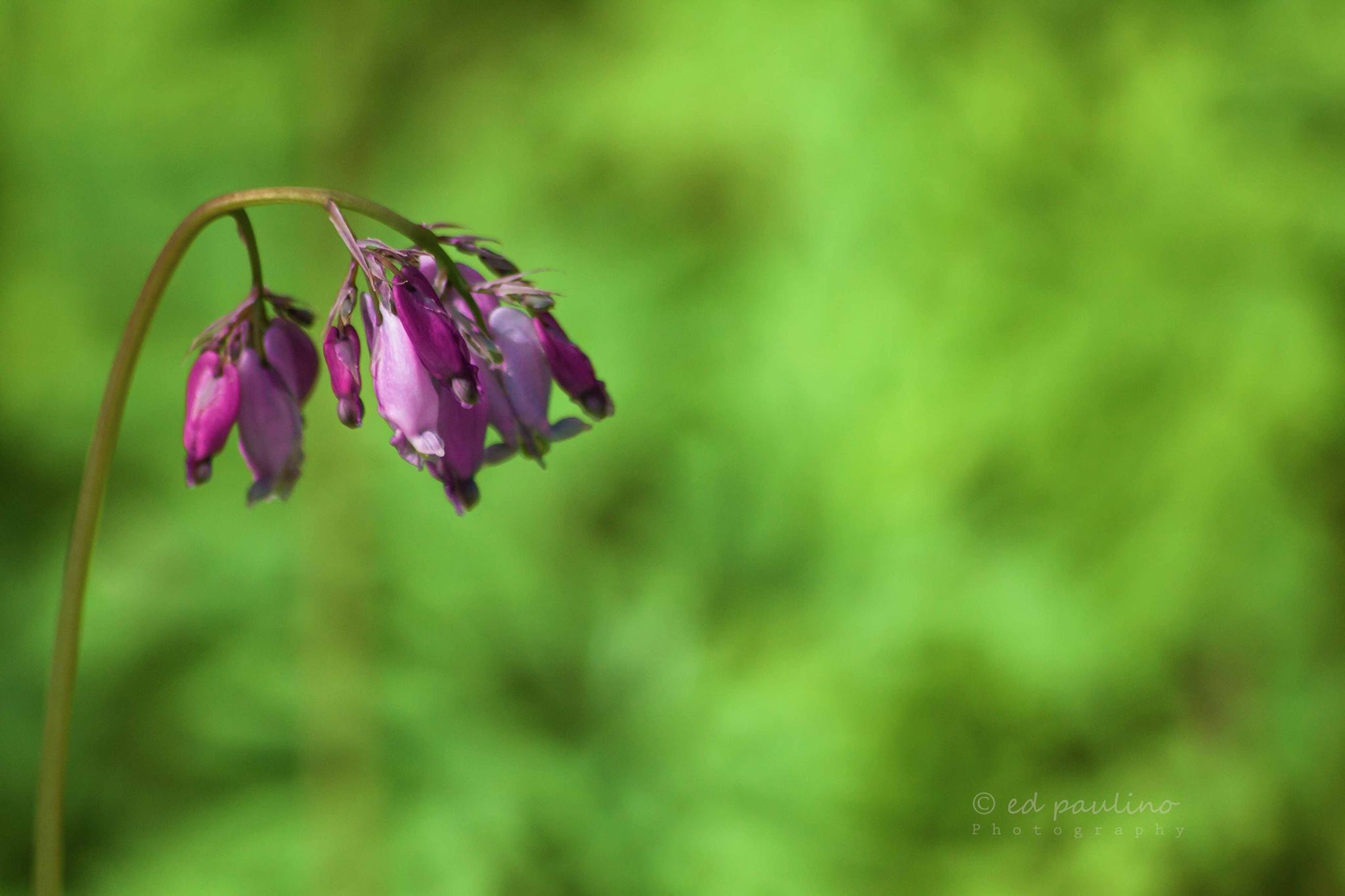
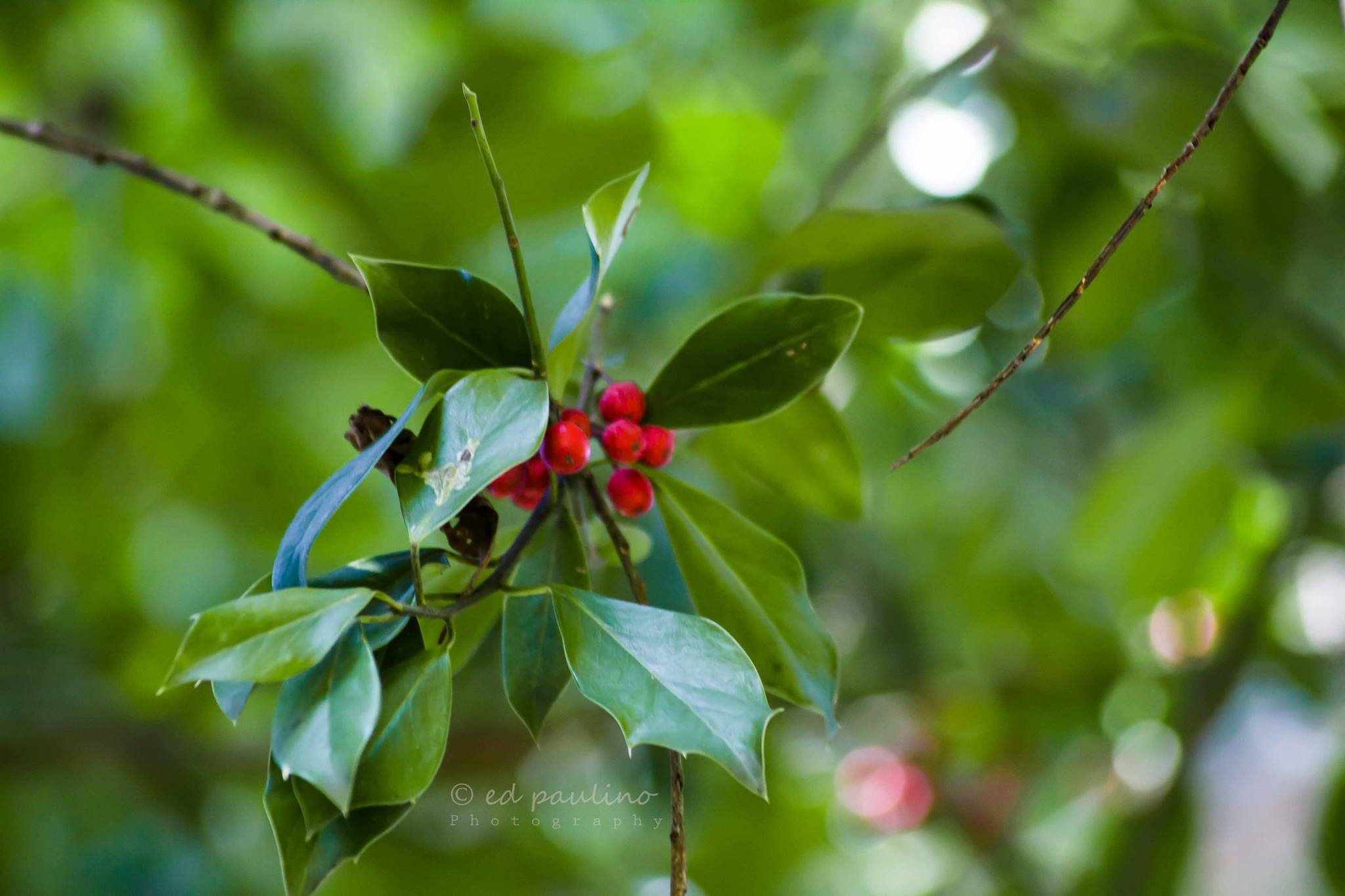
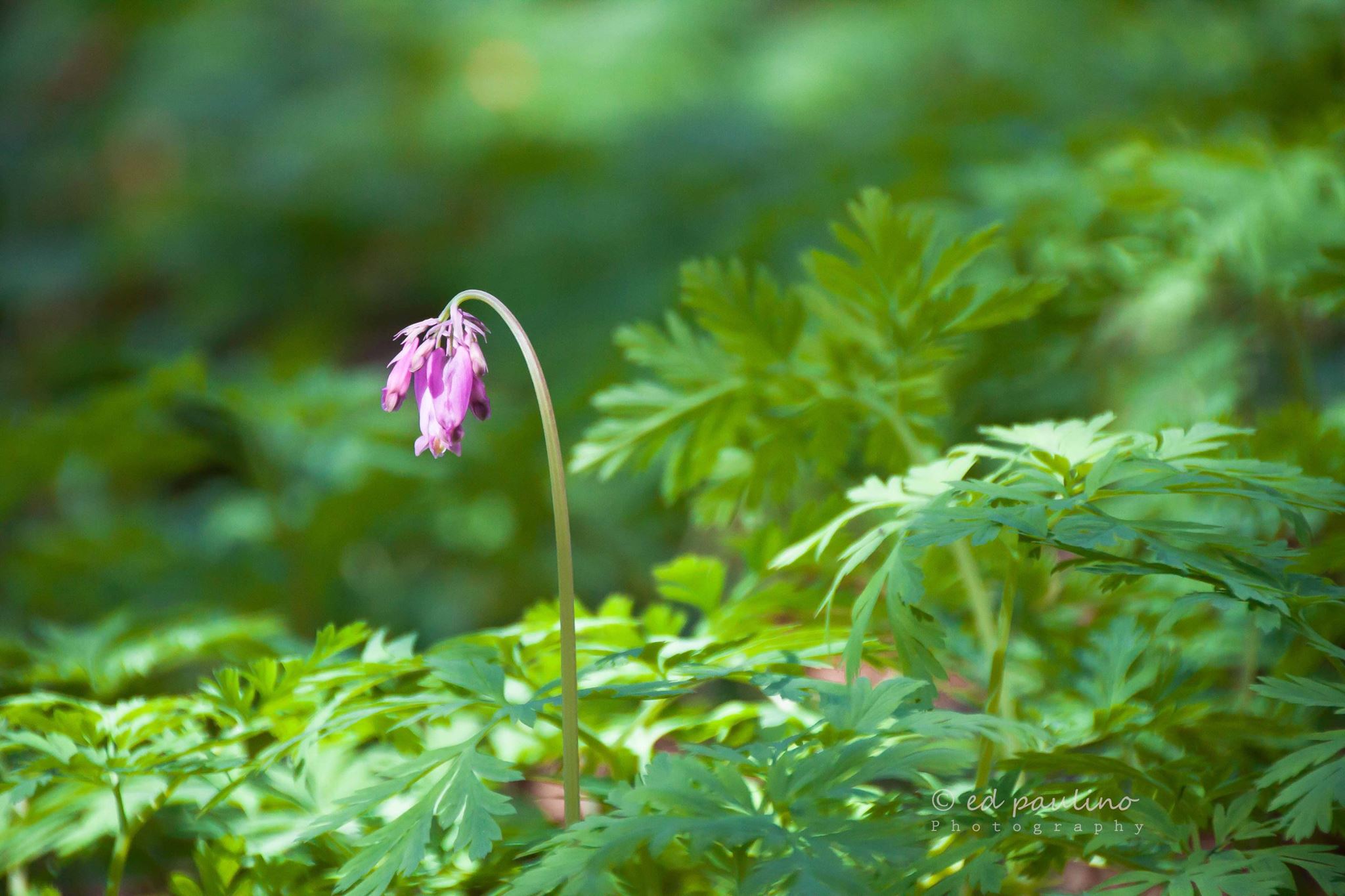
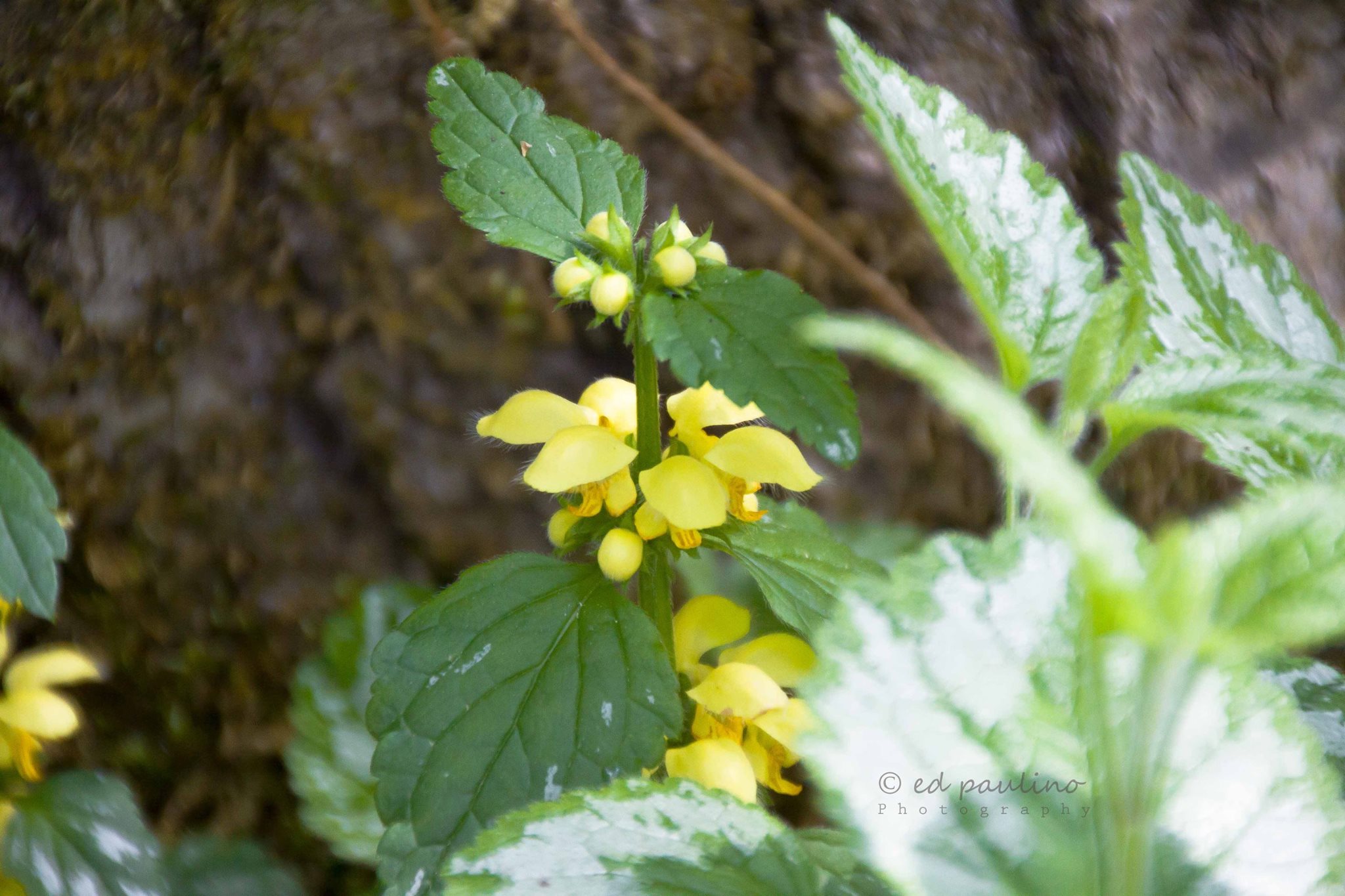
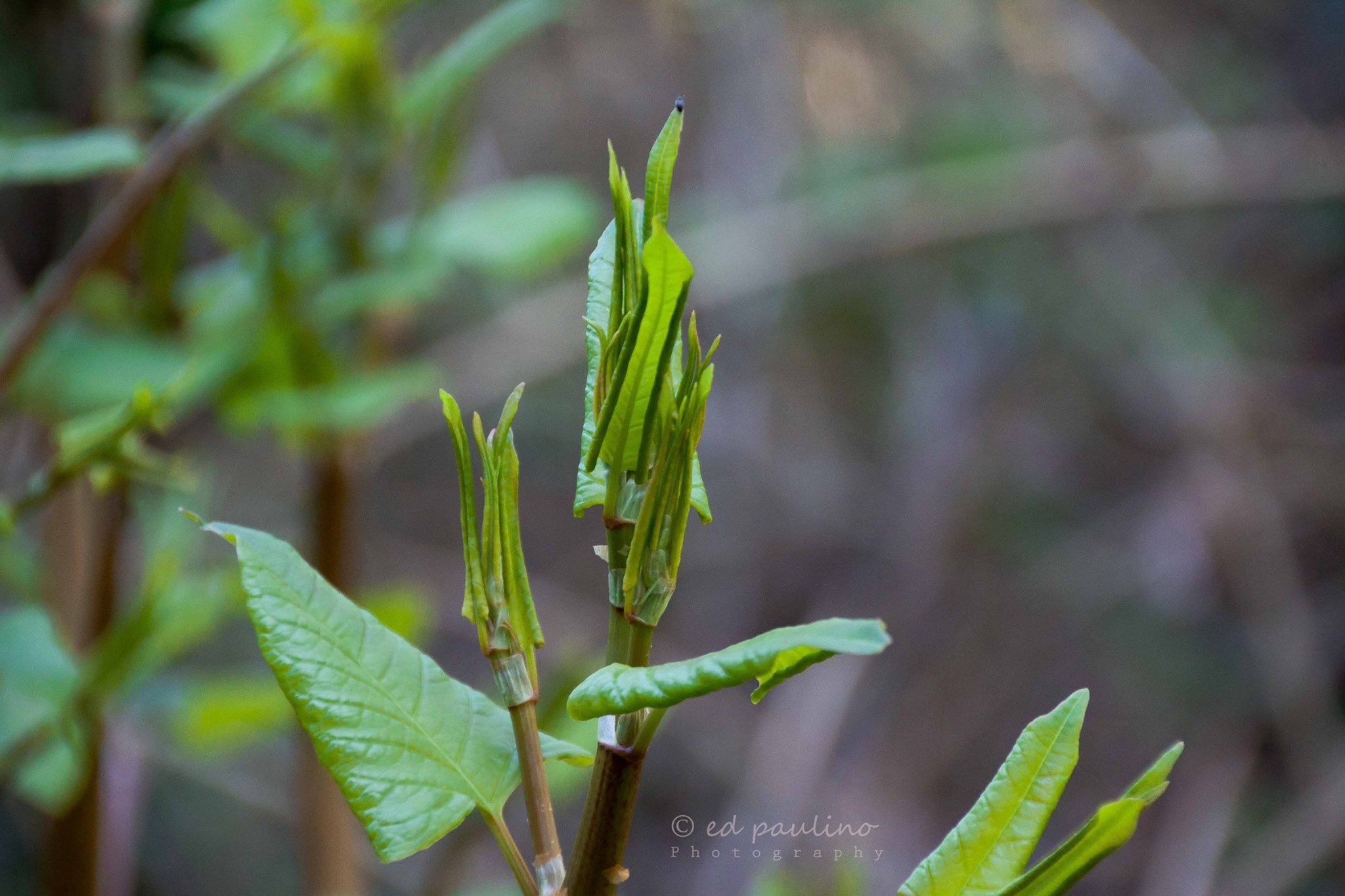
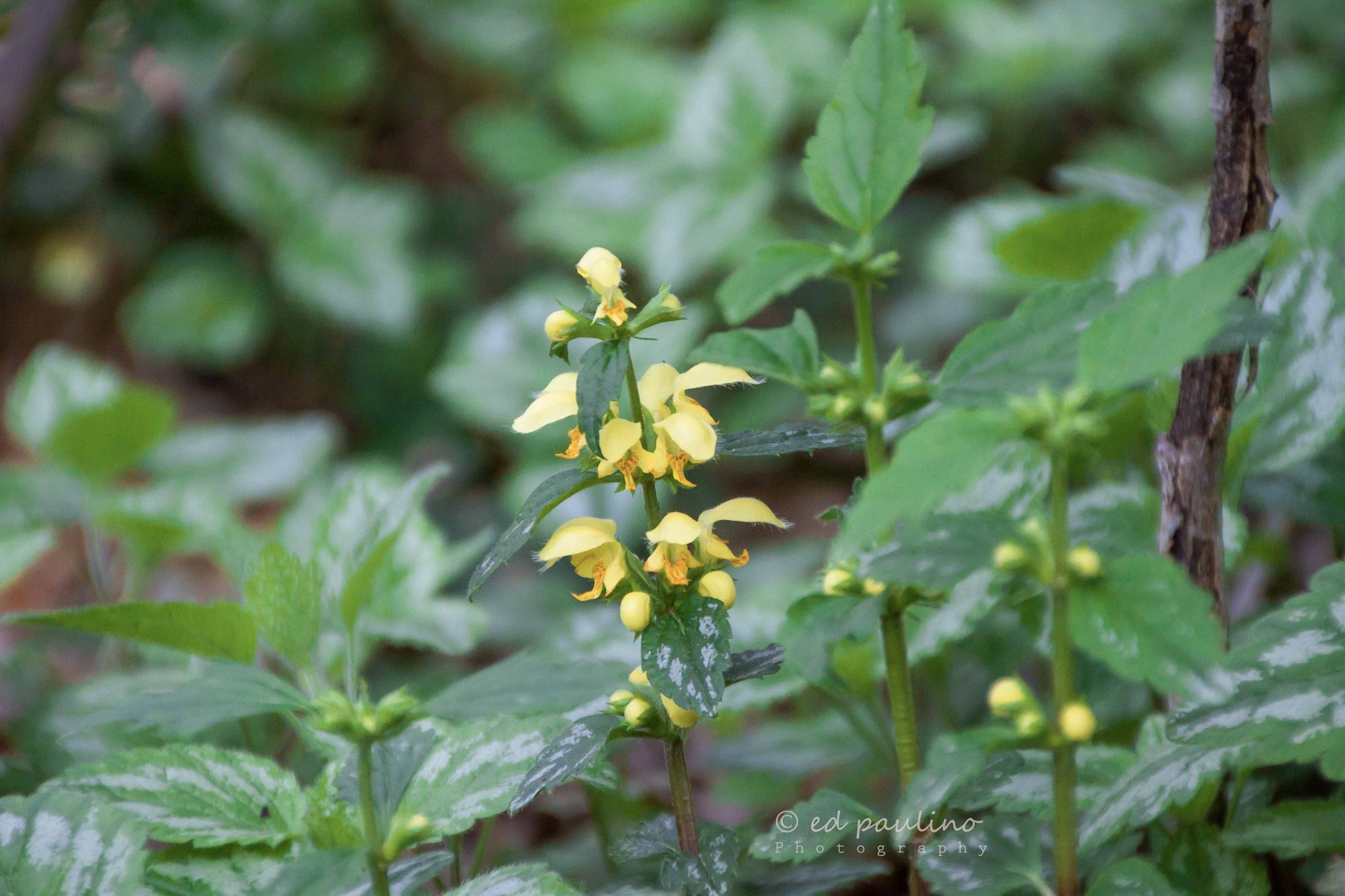
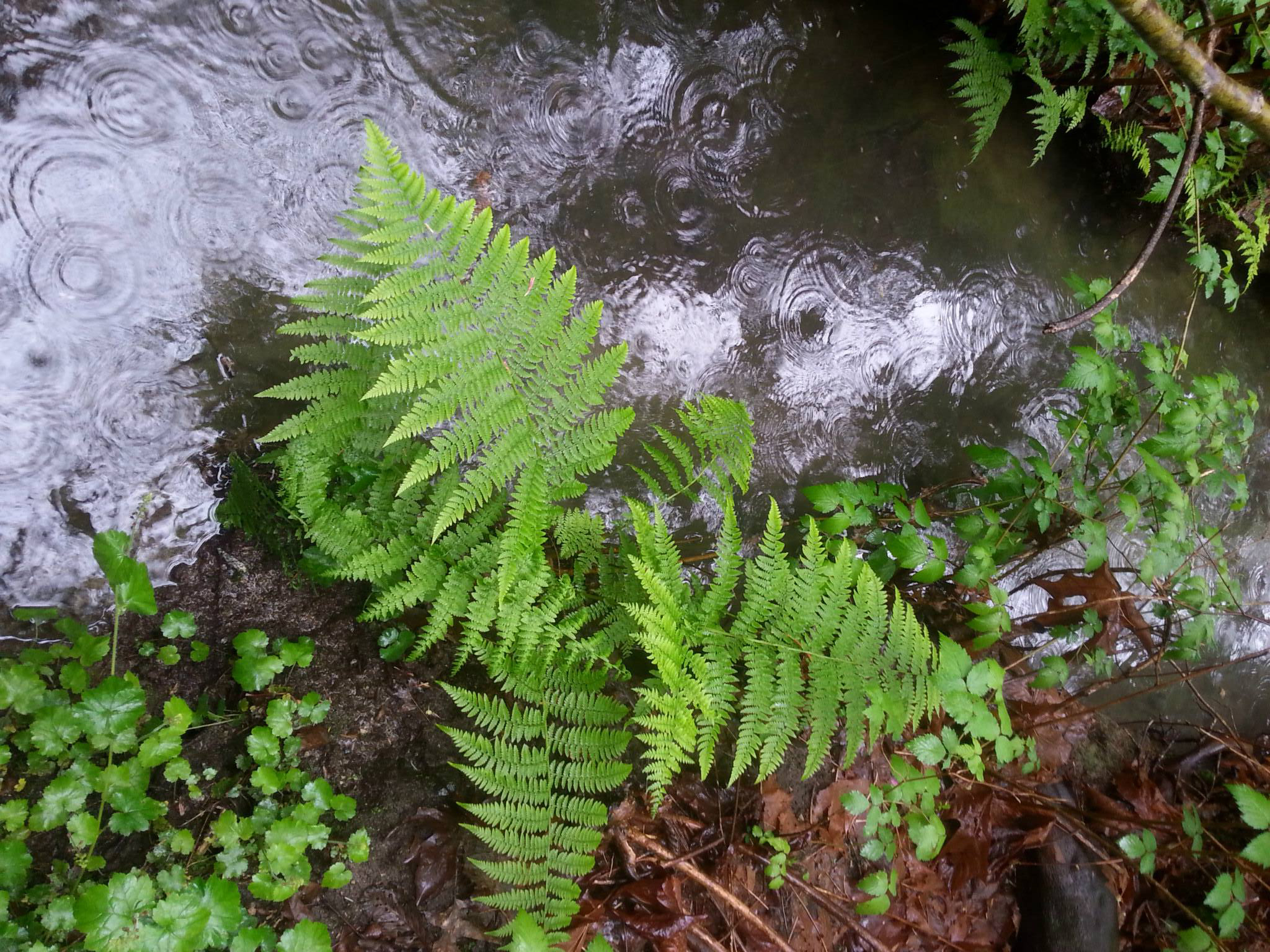
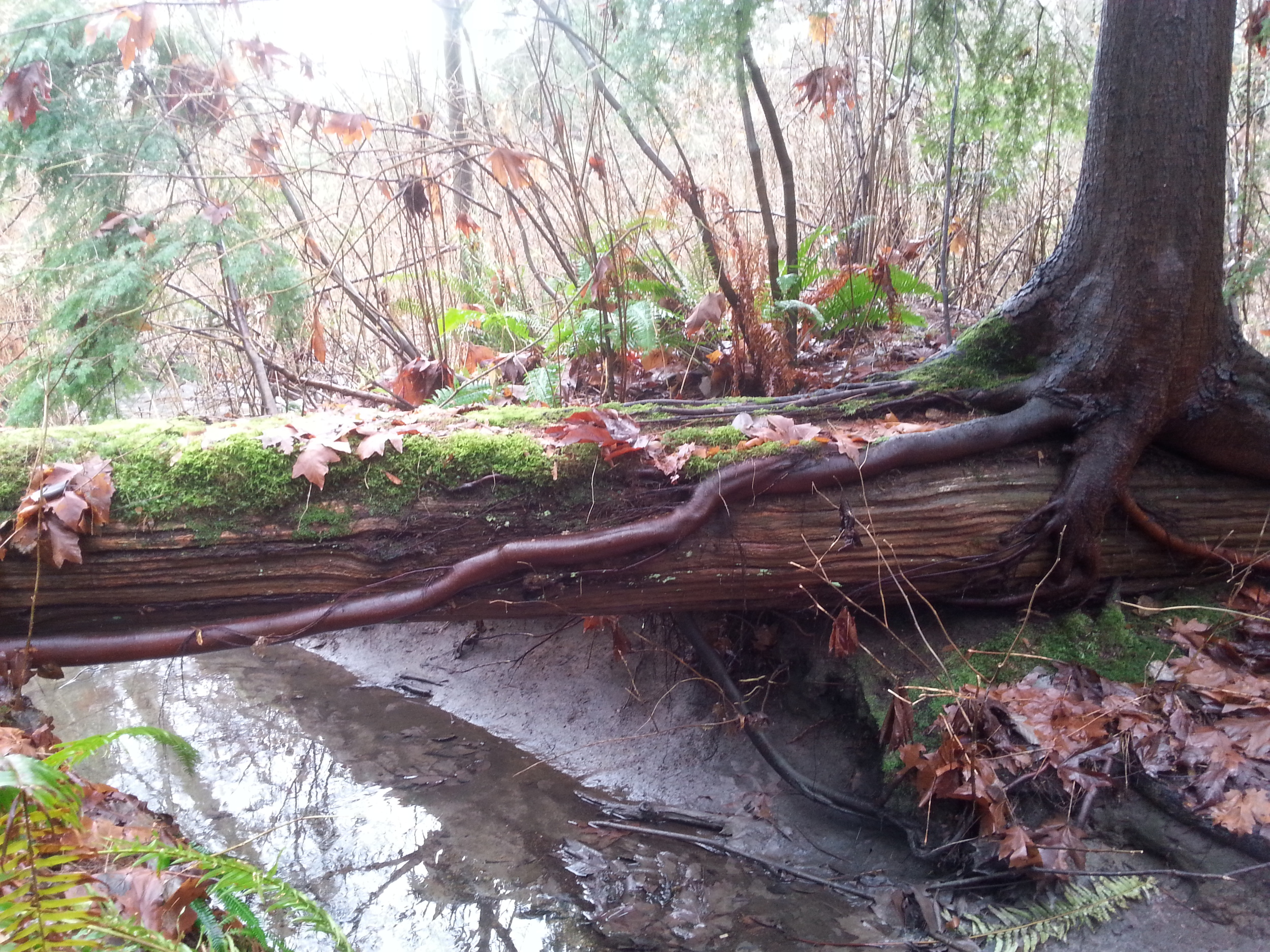
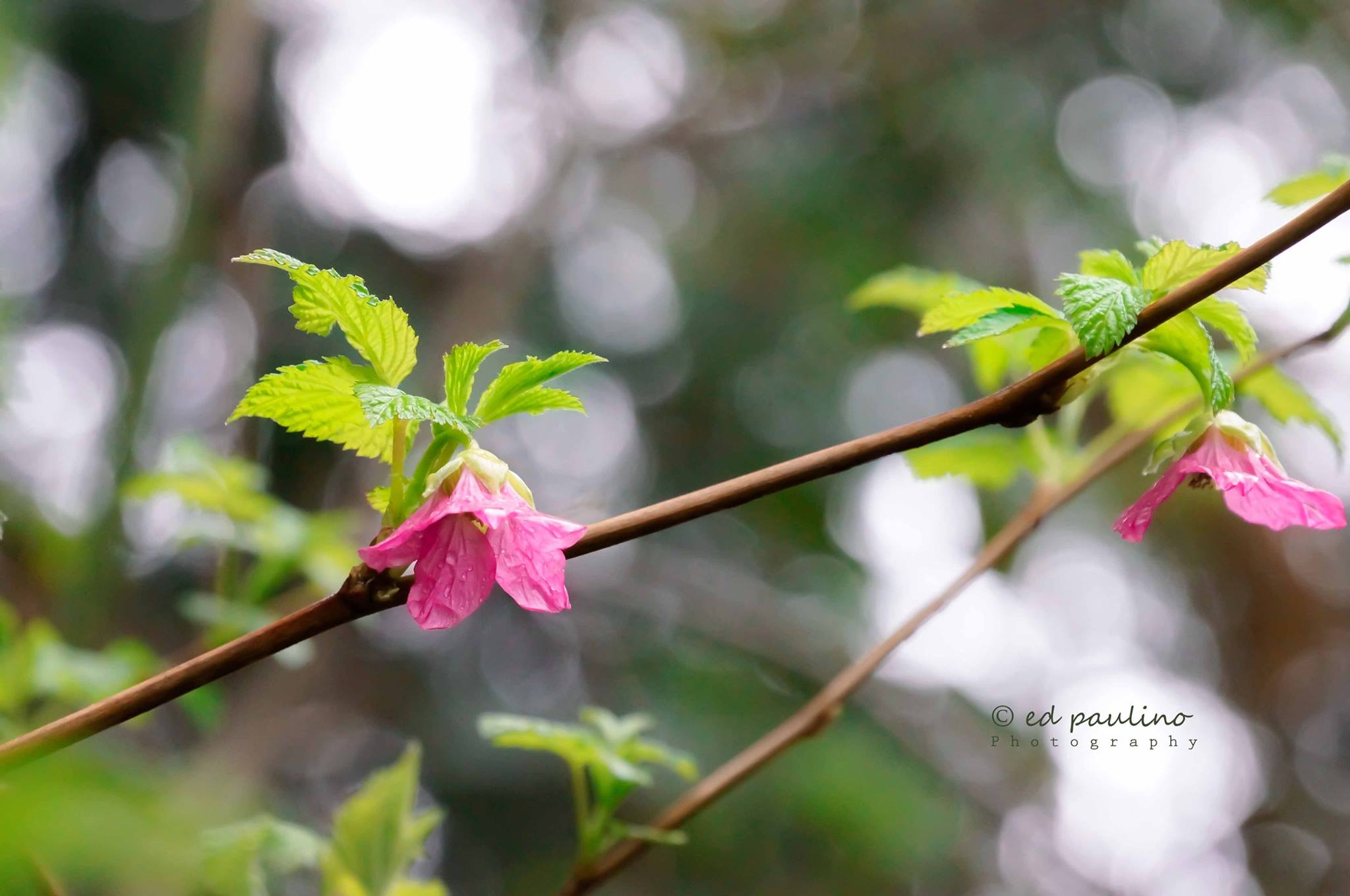
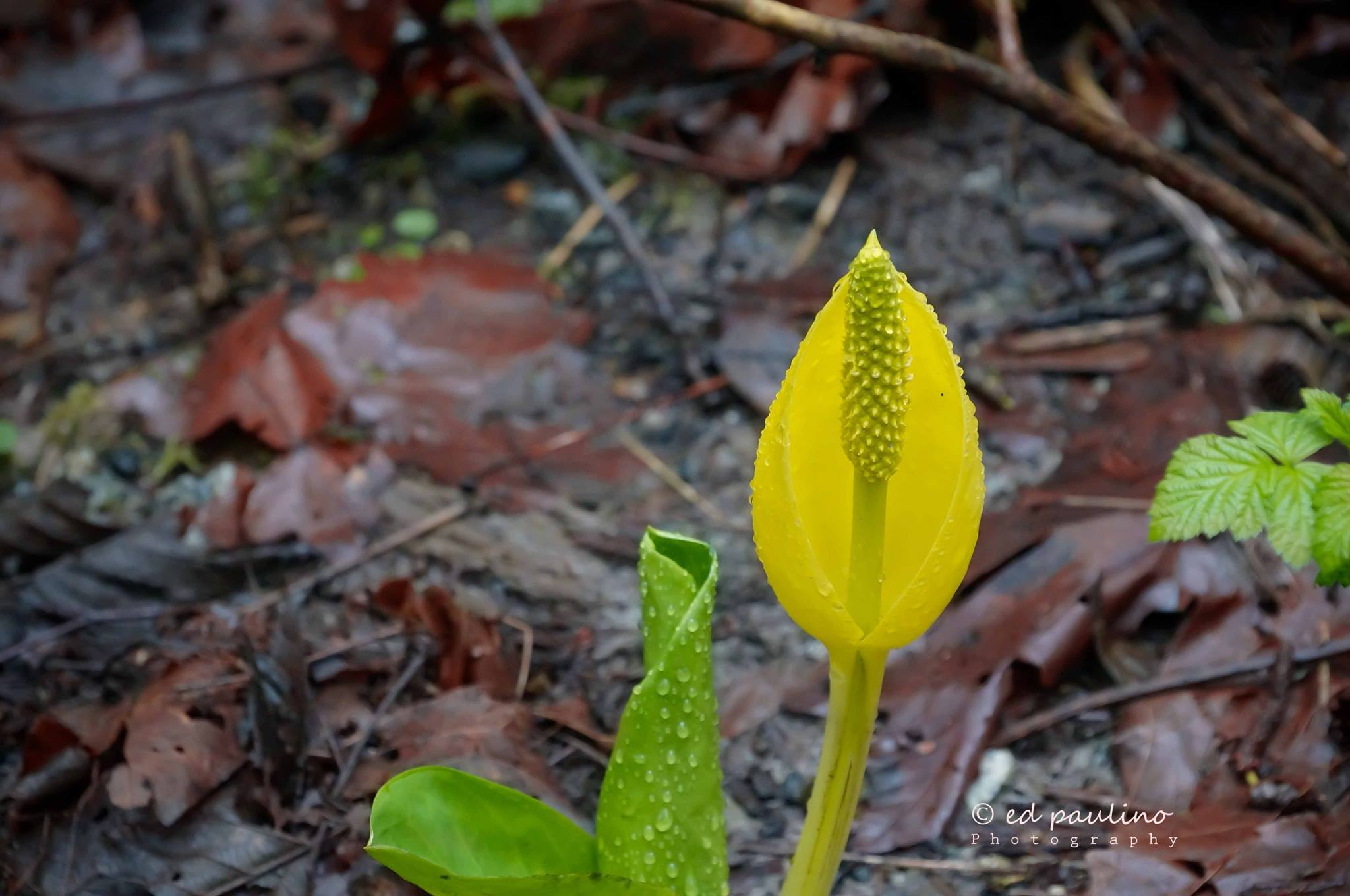
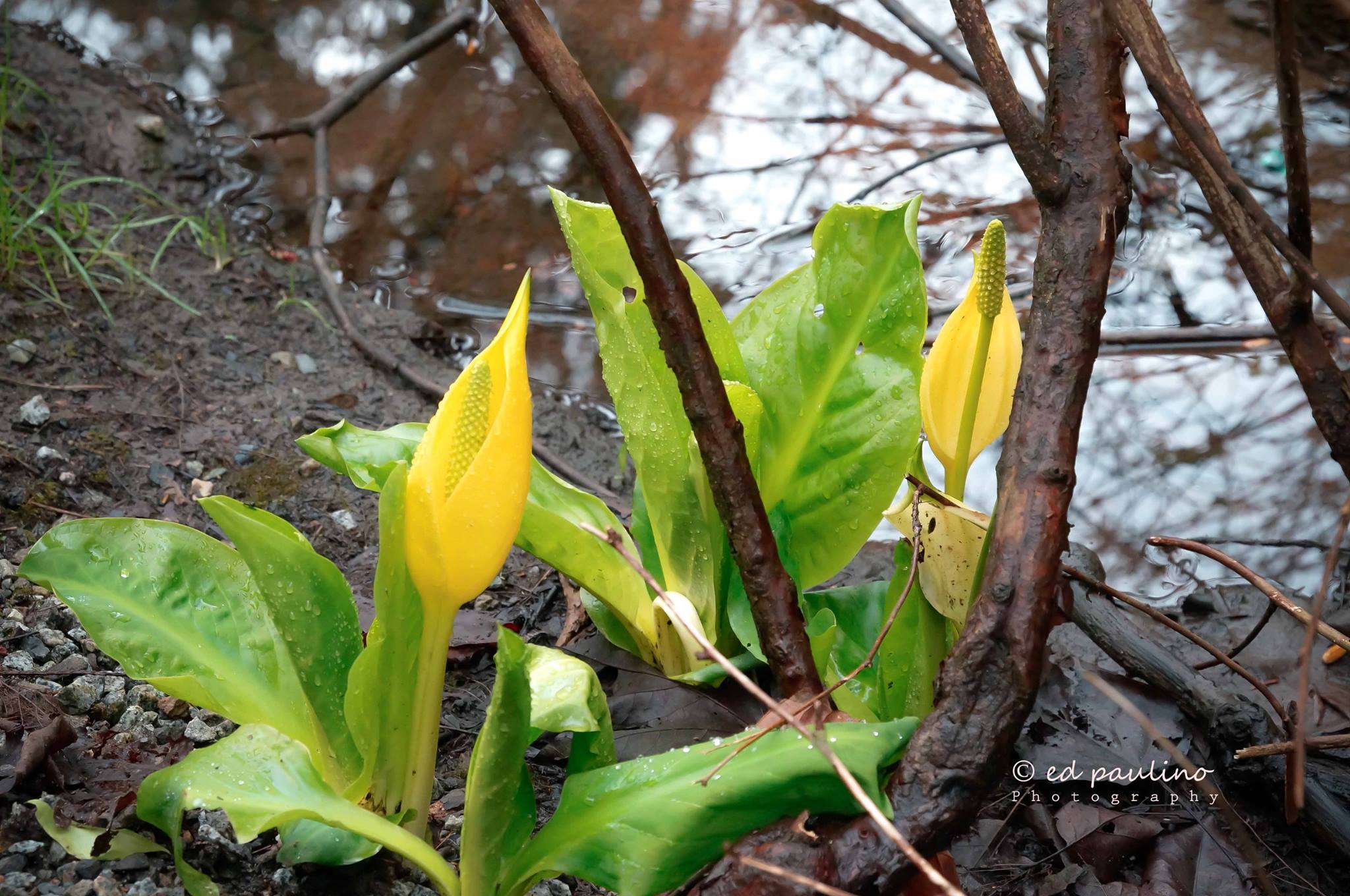
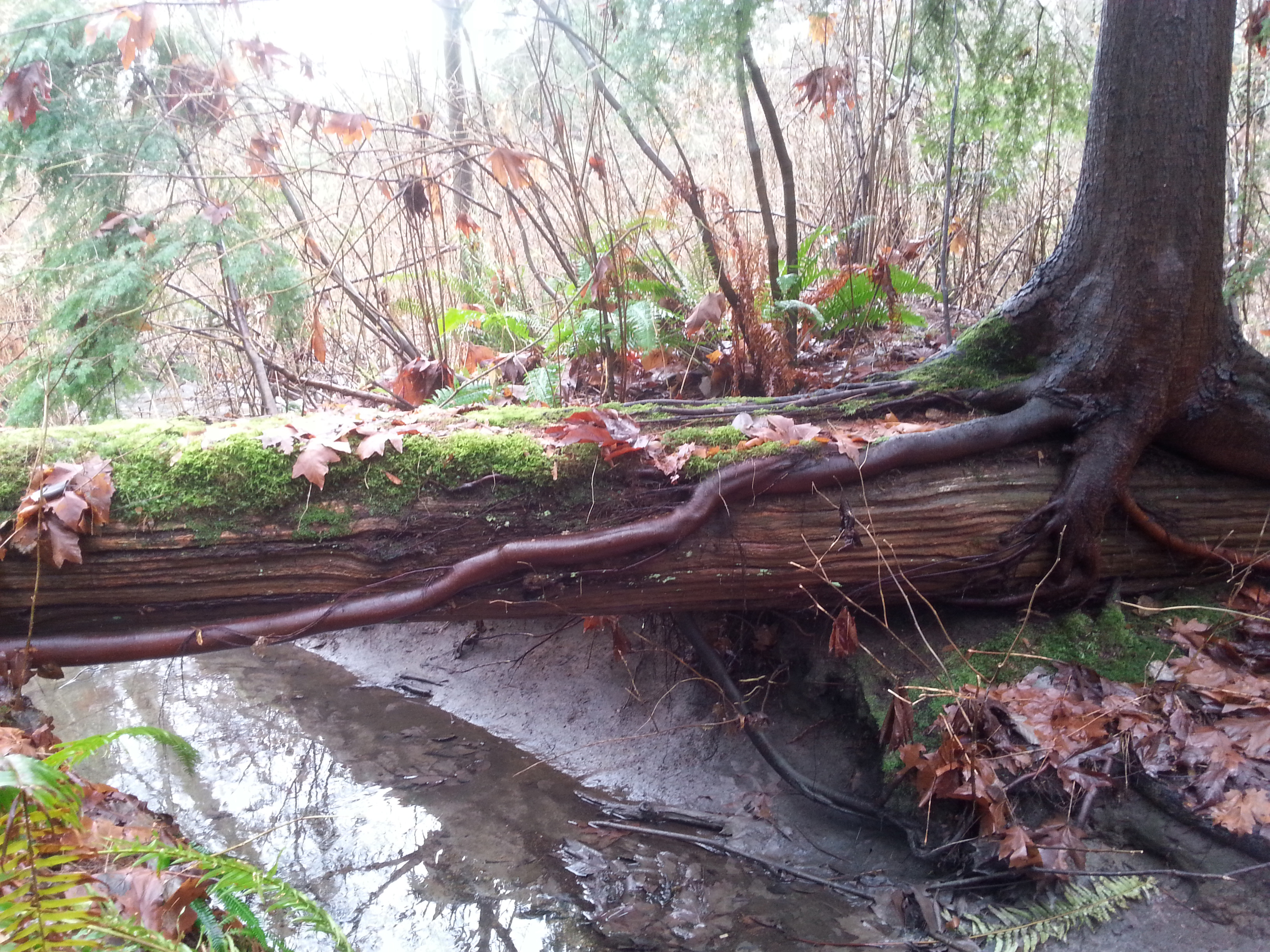
Invasive Species
Invasive plants are those which are not native to the area. The Hoy-Scott Watershed Society is involved primarily with removal of Himalayan Blackberry, Japanese Knotweed, Policeman's helmet, morning glory, and English ivy. For a complete list of invasives found in British Columbia click HERE.
You can help by ensuring yard waste is never dumped into parks and green spaces, by not purchasing invasive plants, and by preventing your garden plants from spreading into parks.
The invasive Himalayan Blackberry
Non-Invasive Species
The Hoy-Scott Watershed Society works to maintain a healthy riparian area and through the help of the City of Coquitlam we plant non-invasives such as fern, salmon berry, and a variety of trees and shrubs.
Just a few of the types of non-invasives we plant within the watershed
Mushroom growing along the forest floor
